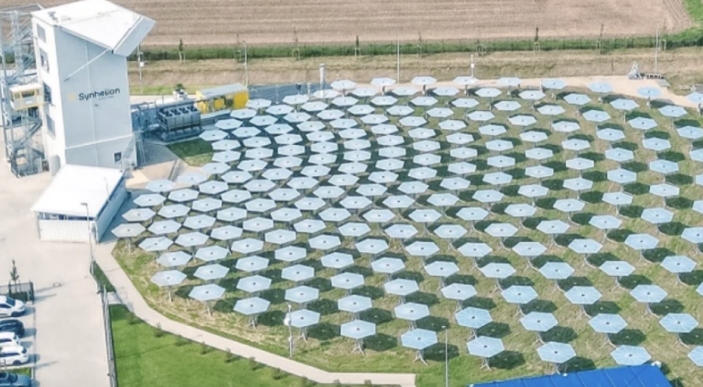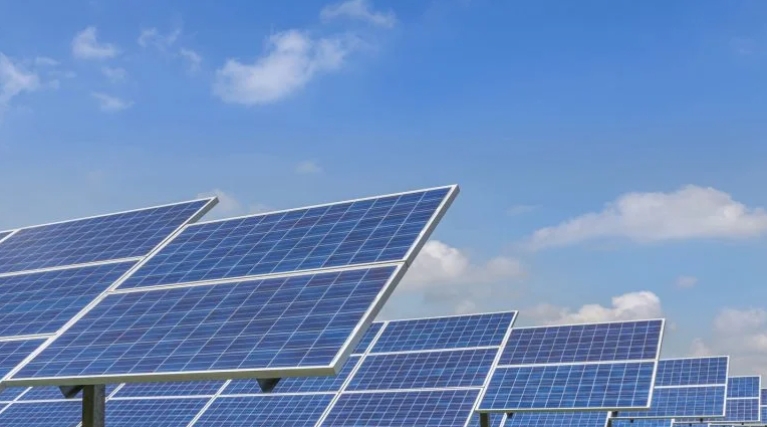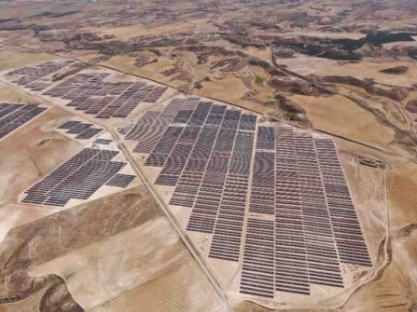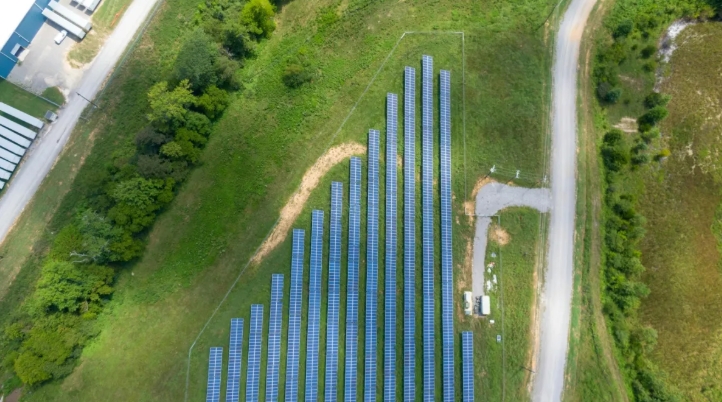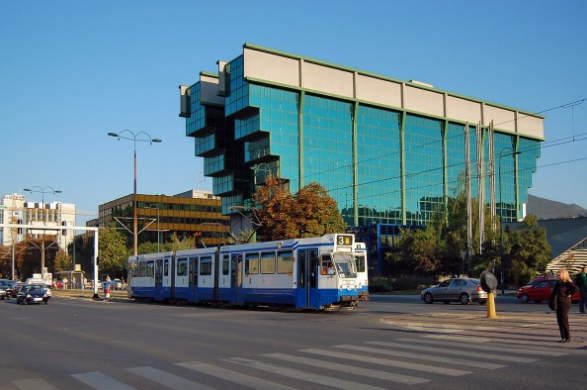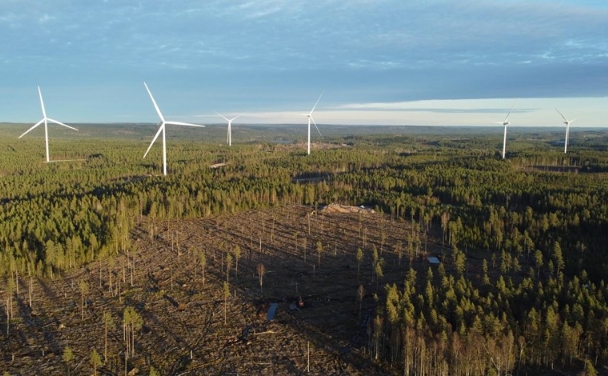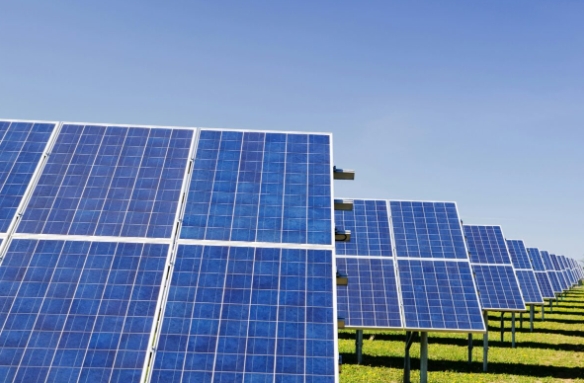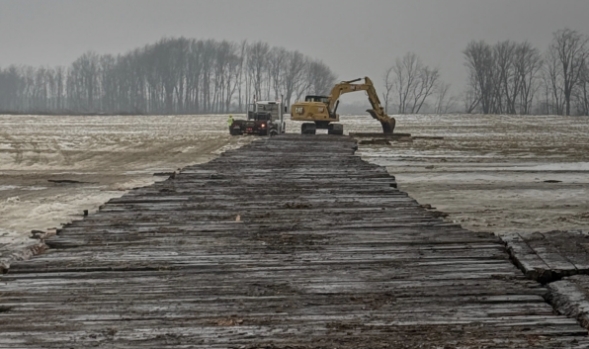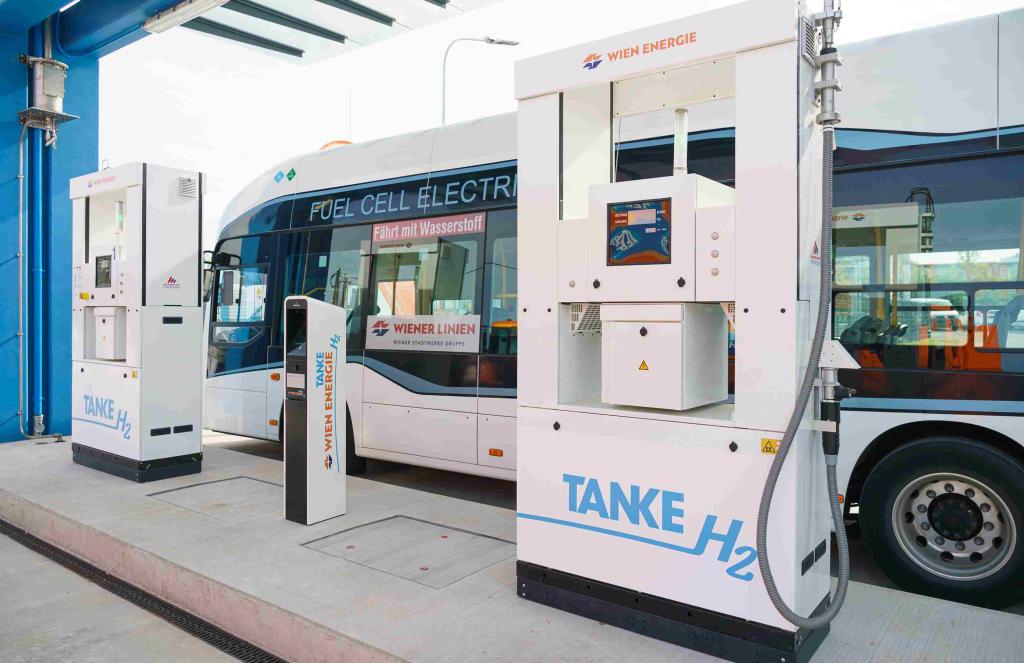
The capacity of the new plant is 1,300 kilograms of green hydrogen daily. The amount produced every day can thus be used to fuel up to 60 buses or trucks. Directly next to the H2 generation plant, Wien Energie is also putting another H2 filling station into operation for buses and trucks.
Cornerstone in the regional hydrogen economy
The new hydrogen plant is only a step in the overall roadmap by the Wiener Stadtwerke Group (the Vienna state infrastructural public company) to create a green hydrogen economy in eastern Austria.
For one, green hydrogen will be the fuel of the future and the country’s first bus line to run entirely on it will be Line 39A in the capital city. Its buses will be composed of hydrogen-powered buses from next year.
Due to gradients, short stop distances and high passenger volumes, this is one of the most demanding lines in the city, which is why hydrogen buses are particularly suitable for this route,” reports Gudrun Senk, Wiener Linien’s managing director for the technical area.
Apart from the field of public transit, however, green hydrogen finds other applications in life as well. Some private logistics companies are already filling up with green hydrogen at Wien Energie's H2 filling stations, including IKEA Austria.
What’s more, Wien Energie added hydrogen to natural gas at the Donaustadt power plant as part of an operational trial. The experiment was the first of its kind in the world at an operating power plant of this size. The potential of this area of application is great: just by adding 15 percent hydrogen, 33,000 tons of CO2 could be saved every year.
